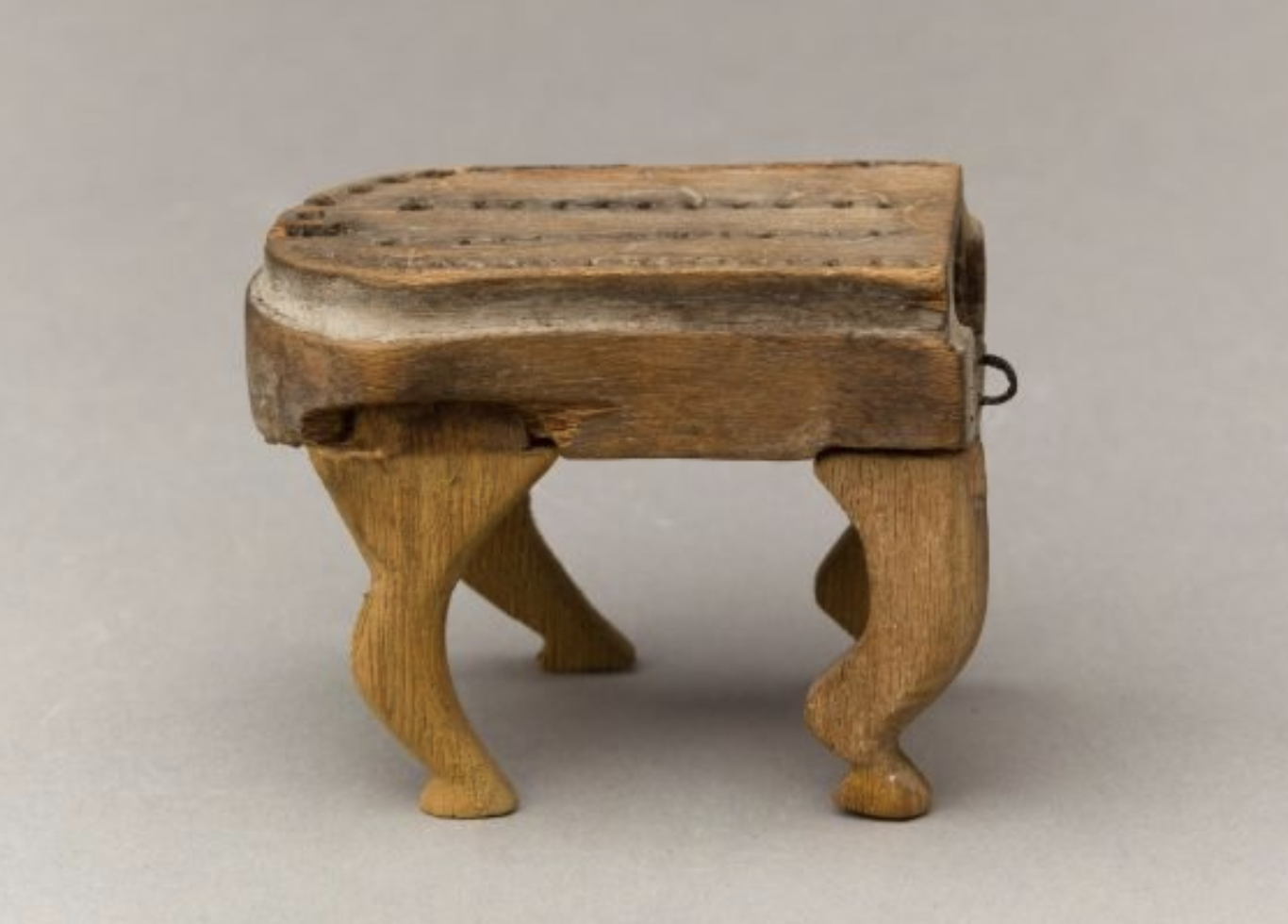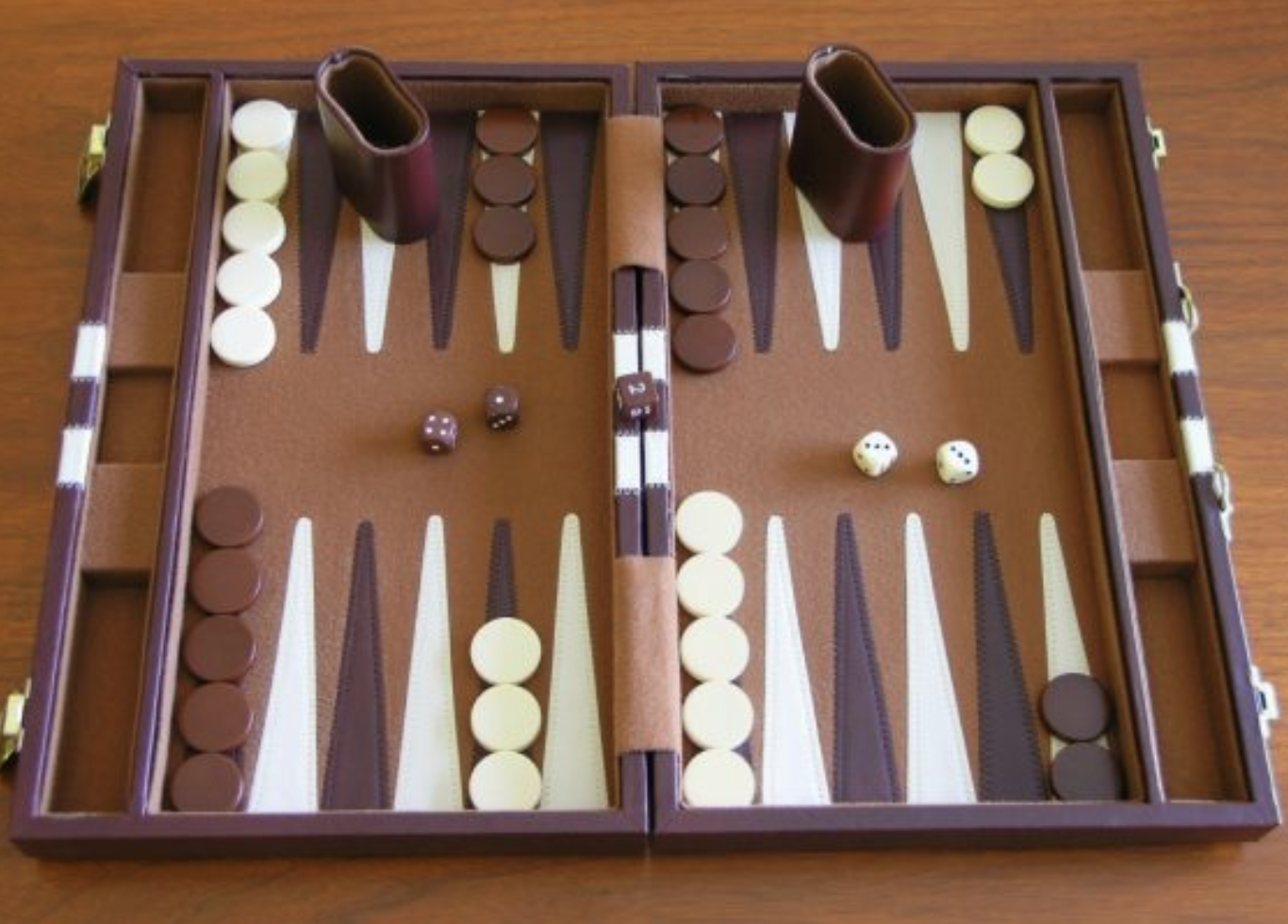Board games are coming back … and not just Millennial Monopoly, which has no rental properties so you’re forced to park you race car in your parents’ garage. We’re talking wa-ay back. Archeologists in Azerbaijan have discovered a 4,000-year-old version of a board game that still exists in modern times. No, not chess. It’s wa-ay before chess. It’s even older than Go. Stone chutes and rock ladders?
At the annual meeting of the American Schools of Oriental Research held in Denver this month, archaeologist Walter Crist of the American Museum of Natural History in New York City explained the luck involved in his discovery of what appears to be an early version of the game 58 Holes or Hounds and Jackals. While doing research on the origin of 58 Holes, he saw a picture from a rock-shelter published in an online magazine called Azerbaijan International with a pattern that he recognized. He managed to visit the site, only to find the ancient shelter was now a modern housing development. Luckily, an Azerbaijani told him of another 4,000-year-old Bronze Age rock-shelter with the same pattern. Crist went to that site and was shocked to discover it contained the two-person game of 58 Holes.
Why was Crist shocked? As he told Science News, until then he had only seen 58 Holes in Egypt and the Near East. Azerbaijan is a long way from either area, so he believes the game was carried by nomadic herders who offered it as a way to get to know the new cultures they encountered. Apparently, there’s no better way to make friends than to take their money in a game of chance. And yes, there was probably money involved since 58 Holes is thought to be an early form of Backgammon.
To play 58 Holes required a board of cloth with two straight lines of dots in the middle and two curvy lines of dots on either side. How many dots? Have you been paying attention? You’re the type that would have lost all your money playing “58” Holes. Some of the dots were replaced by shapes such as trees, which is why it was also called the Palm Tree game. The game pieces were pebbles or, if the dots were drilled into the board, pegs like those in a cribbage game. To differentiate between the two players, the pegs (in fancier versions of the game) were topped with the heads of … you guessed it … hounds and jackals. Pieces were moved from one end to the other of the two separate tracks by rolling dice or throwing four flat sticks.
Egypt can lay claim to inventing 58 holes, but just barely. A version from 2000 BCE was found in Egypt, shortly before those from Azerbaijan and Mesopotamia. The most complete Egyptian game, now on display in the Metropolitan Museum of Art in New York, was discovered in a Theban tomb and dates back to the 13th Dynasty, which began in about 1800 BCE. The man who found it was none other than British archeologist Howard Carter, who is much better known for discovering the tomb of Tutankhamun. Carter is the person who came up with the name Hounds and Jackals.
How did the game of 58 Holes end up in Azerbaijan? Perhaps they won it from a traveling herder or trader. Perhaps he let them win it, hoping to bolster their confidence so that he could come back later and clean them out. Or was it the other way around? Grifters, like board games, go wa-ay back.
Source: Read Full Article

